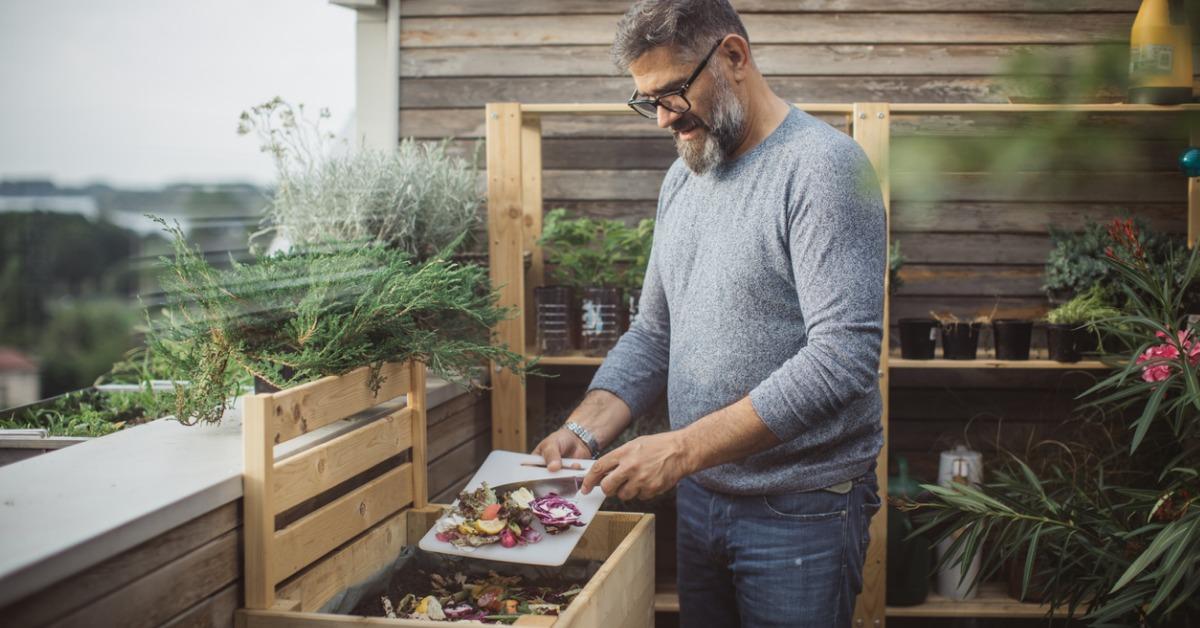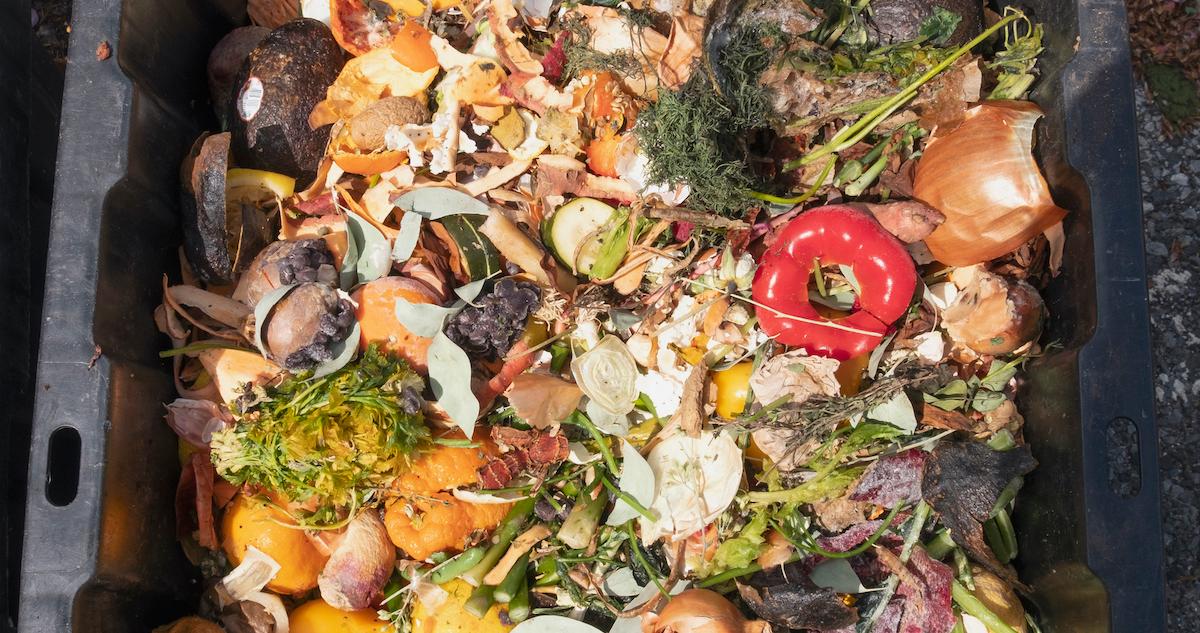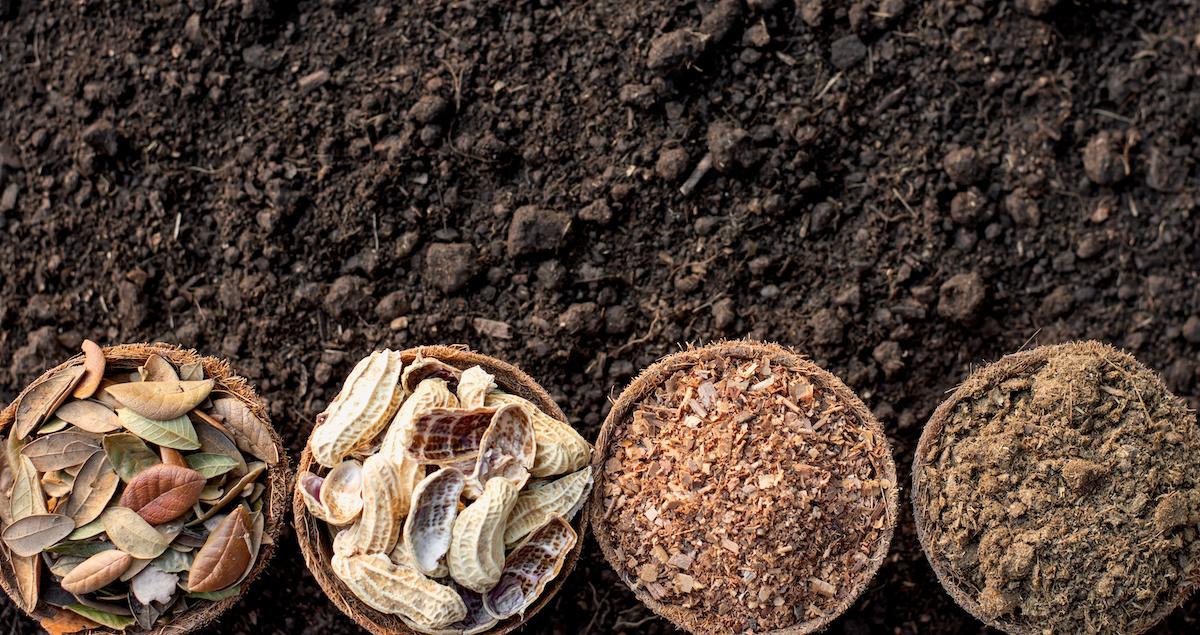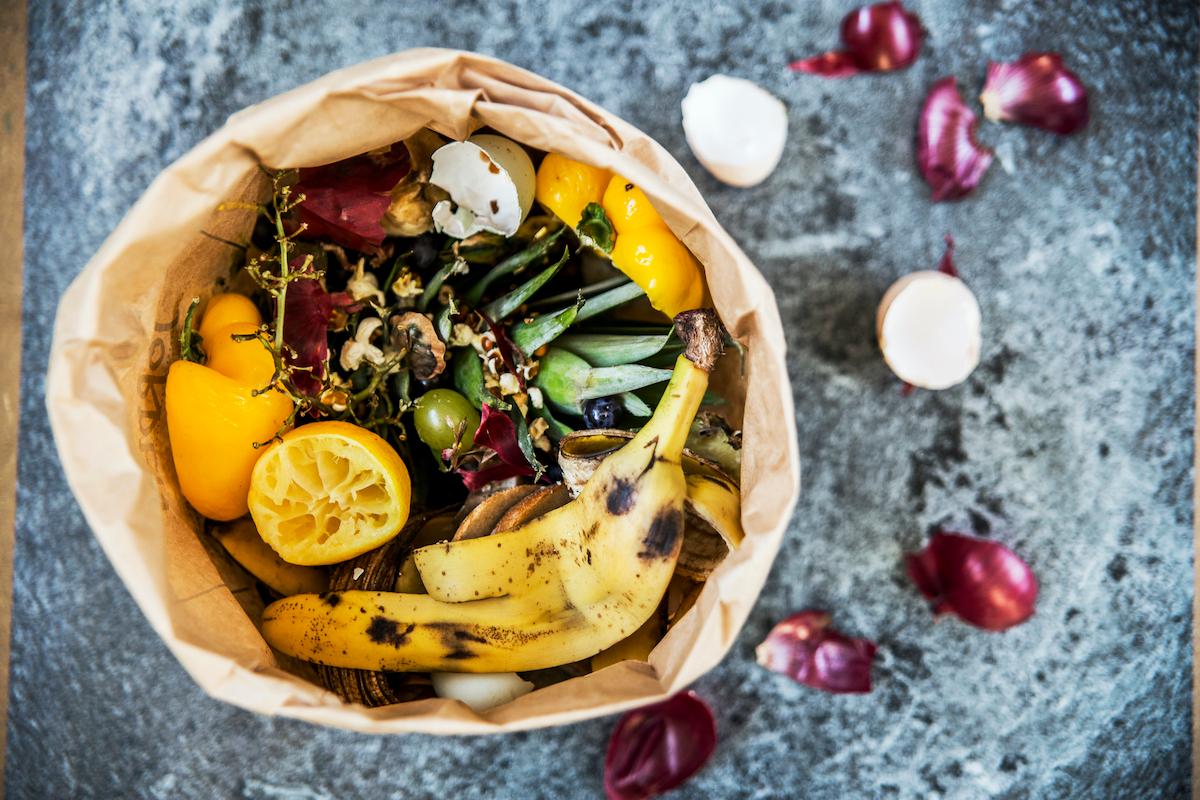Does Indoor Compost Smell?
Updated Oct. 27 2020, 4:47 p.m. ET

Does indoor compost smell? It’s a logical question. Indeed, anyone who has ever left the garbage bag in their kitchen after a few days of cutting up some vegetables can tell you that it’s going to smell after a while. A better question might be, why are you composting inside, to begin with? The thing is, not everyone has access to a backyard compost pile. Some home gardeners and zero-waste enthusiasts live in apartments, condos, or tiny houses, none of which are going to really have a lot of room for a compost heap.
No matter the type of compost, the fact is, it's going to smell. As it breaks down, the growing bacteria begins a process of decomposition, one that is absolutely going to stink after a while. That said, there are plenty of ways to store and utilize your compost, even indoors, that will minimize or even eliminate that stinky X factor. Zero-waste living may mean making a few sacrifices in terms of convenience, but that does not mean you need to sacrifice hygiene or comfort.

What material do I use for my indoor compost bin?
If you live in an apartment or lack a backyard bin for whatever reason, finding the right indoor compost bin is of the utmost importance. First and foremost, you’ll want a bin that is sealable but also unsealable. Plastic bins work well, but look for bins made from repurposed or recycled plastic if you’re going to go that route.
Wooden bins work too, but wood can sometimes become the victim of the same bacteria we’re employing to break down our scraps, so be sure to reinforce or shellac the inside. The cover of the plastic bin should be cut to fit the top of the bin exactly. Plastic or metal garbage cans work perfectly well too, even small ones. Just make certain that whatever vessel you use, it’s portable.
There are also a few compost bins on the market designed to be used indoors and mitigate stink, such as this stainless steel compost bin with a charcoal filter that absorbs odors.

What materials need to go inside an indoor compost bin?
Finding a balance in your compost bin is the key to minimizing the smell. The right balance of organic materials will create very little odor. The wrong mix, and you’re in for a stinky time. Every good compost bin needs five main components.
The first thing you need is green waste, or rather, anything nitrogen-rich. This includes apple cores, vegetable scraps, banana peels, and old bread. Basically, anything plant-based should fit this category. Meat and dairy should be avoided as those can lead to a bad smell. Though, eggshells are fine in this layer.
You’ll also need a fair amount of “browns” as well. This includes anything carbon-rich like coffee grounds, tea leaves, dry grass, untreated paper such as coffee filters, and even the fallen leaves off your houseplants. You will also need to find some soil for your indoor pile as well. One scoop from outside should have enough microorganisms to do the trick.
You will need water as well. Compost piles work better when they are damp to the touch, but not soaking wet. Kitchen scraps should provide enough moisture, though if your pile feels dry, spray it with a bit of water.

Do I need to keep my compost bin sealed tight?
Air is important too, perhaps the most important piece of the no-smell puzzle. Compost bins cannot be completely sealed tight. They should have a mechanism that allows for airflow. This may sound at odds with the idea of “containing the smell” but trust us. If the right type of aerobic bacteria can get in, the pile won’t smell at all. You can get air into the pile by turning it once or twice a week, this will also prevent any bad smells from getting out of control.

What if my indoor compost pile does smell?
If your indoor compost is smelling foul or smelling strongly of putrefaction, it’s most likely that your ratio is off. The rule of thumb when it comes to composting is a 2:1 green to brown ratio, but that can change if conditions in the pile change. If your pile is slimy, you’ve got too many greens and you need to add more browns. If your pile is too dry, add more greens or a spritz of water. It takes time, but you’ll eventually figure out the perfect balance for those conditions.
If you still notice a smell, take stock of what you put into the bin. Maybe a piece of gristle found its way in there, or a few clamshells or fish bones. Those meaty bits will cause widespread panic amongst your placid bacteria and things could get out of hand. It’s also possible that your bin isn’t sealed or that you aren’t turning it enough. Check all the boxes before dumping out and starting again, but remember that this is an option if the smell becomes too unbearable.
Most importantly, remember that your indoor compost bin should be built to fit your lifestyle. If you have a large value of kitchen scraps and insist on composting, you may want to invest in a larger, outdoor bin, even one that you could put right outside your door. Small bins won’t work for large quantities and could result in greater smells if mishandled.
Can I keep compost in the freezer?
If you bring your food scraps to be composted somewhere outside of your house — whether that's your backyard, the farmer's market, or if your town has a composting service or drop-off scheme — then you can store your compost in the freezer until it's time to take it out. The freezer will freeze the food scraps, preventing them from rotting and therefore from smelling. You can use anything you'd like to store the scraps in the freezer, such as a metal bowl, an upcycled plastic container, a paper bag, or a compostable bag.